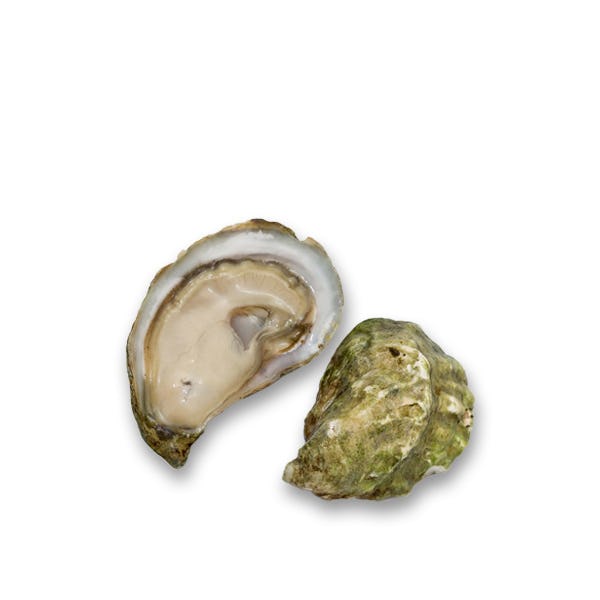
Live Kumamoto Oysters
Small and fruity
TASTING NOTES FROM THE CURATOR
Slightly small in size, they’re sometimes referred to as “Kumos” or “Kumies.” Kumamoto Oysters have a very sculptured, fluted shell with deep cups. They grow very slowly, but are always worth the wait, because though they be small, they are fleshy and juicy and delicious.
Their flavor is mild, briny and sweet, with honeydew flavor notes. Some people describe its taste as nutty and fruity. And because of its mild flavor, it’s a great option both for seasoned oyster eaters, and those that are only just starting their oyster gustatory journey.
PREPARATION AND PAIRINGS
Kumamoto oysters can be served as appetizers or as part of the main course. They can be baked, steamed, sauteed, grilled, or deep-fried. You can use them in soups, chowders, and in pastas.
You can also eat them fresh. Mix some finely grated ginger, some rice wine vinegar, finely chopped and deseeded red chili, and fresh chopped coriander into a bowl. Stir in some sugar into the mix until dissolved. Shuck your Kumamoto oysters and lay the opened oysters on a bed of ice. Place a little bit of the sauce onto each oyster. Serve, slurp, and enjoy!
Pair with Champagne or Chablis.
A JOURNEY ACROSS OCEANS
Kumamoto Oysters originated in Yatsushino Bay, Kumamoto Prefecture, Japan. It was brought to the United States in the late 1940s to replace the native Olympia as an experiment. It is now extremely popular in the United States, more so than in Japan, where it is relatively unnoticed.
Storage Instructions
Store your box of fresh, unshucked oysters in your fridge, keeping the temperature between 0 to 5°C. Keep them covered with a damp cloth, flat side up, to increase shelf-life. To enjoy them at their freshest, please consume them within 48 hours. When you’re ready to shuck your oysters, take a sharp knife (a vegetable knife or, ideally, an oyster shucking knife) and hold the oyster, round-side down and pointed side facing you, between a tea towel. Wiggle the knife into the pointy end and twist it until the shell comes open.






